On Tuesday, November 5, American voters will exercise their rights and obligations as citizens, casting their ballots to elect the country's leader. In the US, election day always takes place on the Tuesday after the first Monday of November.
US elections always take place in mid-autumn Unlike France, which elects its president in the spring, the United States always elects its head of state in mid-autumn. This tradition stems from an 1845 law that set the election of “electors” – individuals responsible for choosing the president based on the popular vote in their respective states – on the Tuesday after the first Monday in November. But why was this choice made? During the first presidential election in the late 18th century, the United States was still an agricultural country, and travel was difficult, long, and sometimes dangerous. Therefore, it was necessary to find the right time of year for farmers to leave their farms and fields for at least a day.
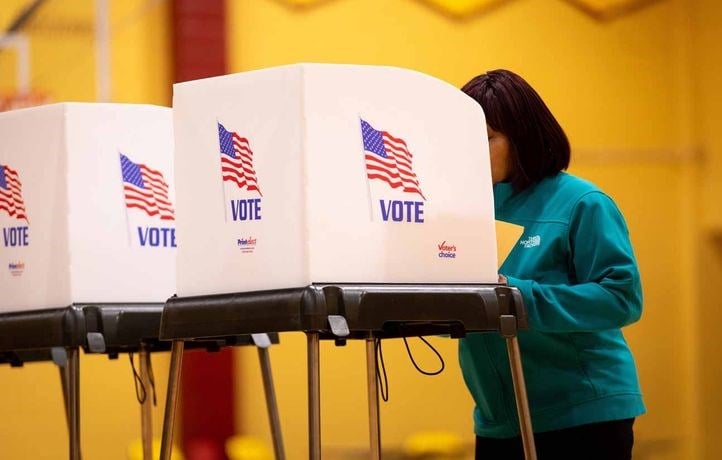 |
The US presidential election always takes place on the Tuesday after the first Monday in November. Photo: Zuma Press |
“November seemed like a logical choice because the weather was relatively good and the harvest was over,” explains David Greenberg, a history professor at Rutgers University in New Jersey. It was a good opportunity to make the long trips to the city to vote.
The Telegraph Revolution Until the first half of the 19th century, states were free to set their own election dates as long as they fell within 34 days of the first Wednesday in December, when the Electoral College met. The result: Presidential elections spanned multiple days. In 1844, the US presidential election ran from November 1 to December 4. But the development of the telegraph changed that. “The polling places could finally see the results in the rest of the country thanks to the development of this technology,” explains Professor David Greenberg. To avoid falsifying the vote, Congress decided in 1845 to pass a law setting a uniform national date for the presidential election (a provision that was later extended to other elections). In addition to setting the election in November, Congress also chose Tuesday as Election Day. This choice was no accident. Holding it on a weekend was unreasonable because most people go to church on Sunday, and Wednesday was farmer’s market day. Monday was also out of the question because voters would have to give up their Sunday to go to the polls. So Tuesday seemed like the best option at the time. The “early voting” craze Today, the determination of a national election day is being challenged. During the week, it is sometimes difficult for people to get time off work to vote, especially when they have to wait in line for hours to fill out their “ballots.” Voters are now embracing “early voting,” which was developed during the Covid-19 pandemic to ease congestion at polling stations. In the 2020 presidential election, nearly 100 million Americans voted in advance, either by mail or in person, rather than going to the polls on November 3, 2020. In the 2024 US presidential election, millions of Americans across the country voted for their chosen candidate, although the official election day was November 5. Previously, since September 11, some states have allowed voters to vote early. States such as Alabama, Minnesota, Michigan, Mississippi allow voters to vote for the president by mail. To exercise their civil rights, voters must register to receive the necessary documents before sending their ballots by mail. For other states such as South Dakota or Arizona, since October 9, voters here can also vote early in person, as long as they have registered on the early voting list. Therefore, many people today no longer call it "election day", but instead call it "election season" in the US.PHUONG LINH (according to Cnews)
Qdnd.vn
Source: https://www.qdnd.vn/quoc-te/doi-song/bau-cu-my-2024-ly-do-bau-cu-tong-thong-my-dien-ra-vao-thang-11-798678


![[Photo] Welcoming ceremony for Prime Minister of the Kingdom of Thailand Paetongtarn Shinawatra on official visit to Vietnam](https://vphoto.vietnam.vn/thumb/1200x675/vietnam/resource/IMAGE/2025/5/16/cdd9e93739c54bb2858d76c3b203b437)
![[Photo] The Prime Ministers of Vietnam and Thailand witnessed the signing ceremony of cooperation and exchange of documents.](https://vphoto.vietnam.vn/thumb/1200x675/vietnam/resource/IMAGE/2025/5/16/935407e225f640f9ac97b85d3359c1a5)
![[Photo] Prime Minister Pham Minh Chinh holds talks with Prime Minister of the Kingdom of Thailand Paetongtarn Shinawatra](https://vphoto.vietnam.vn/thumb/1200x675/vietnam/resource/IMAGE/2025/5/16/23b5dd1e595d429491a54e3c1548fb79)






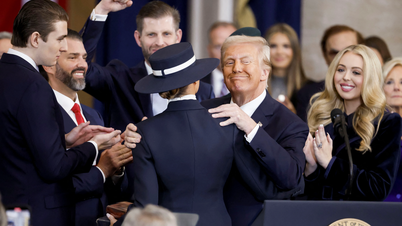

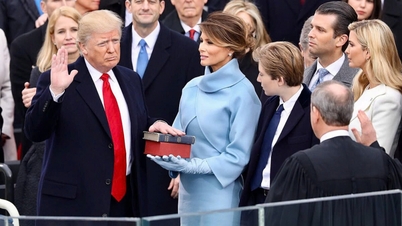


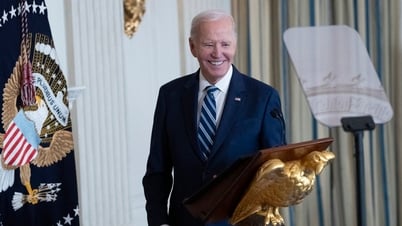






















































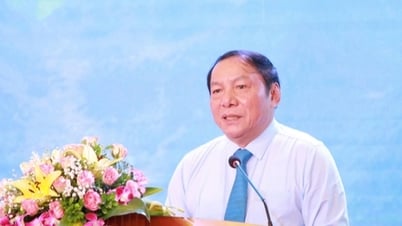






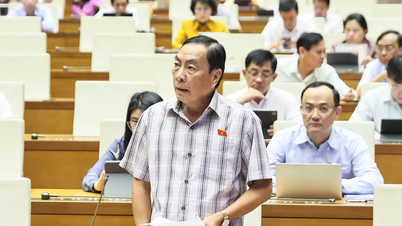



















Comment (0)